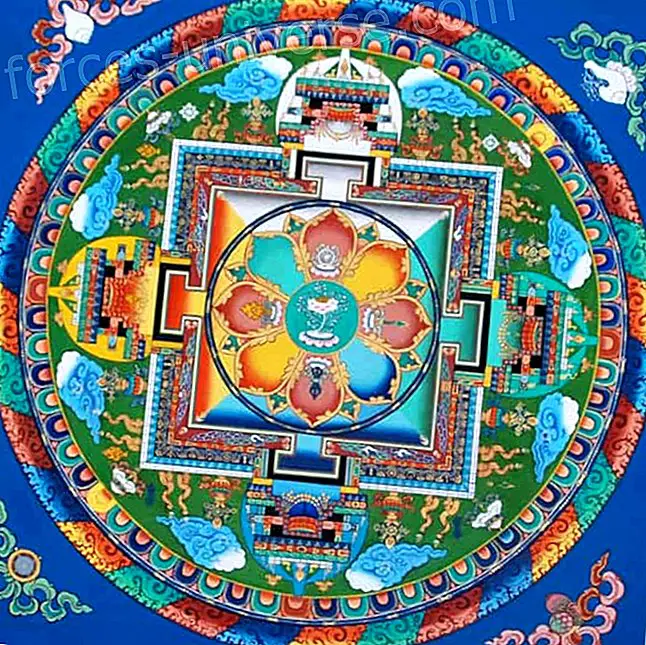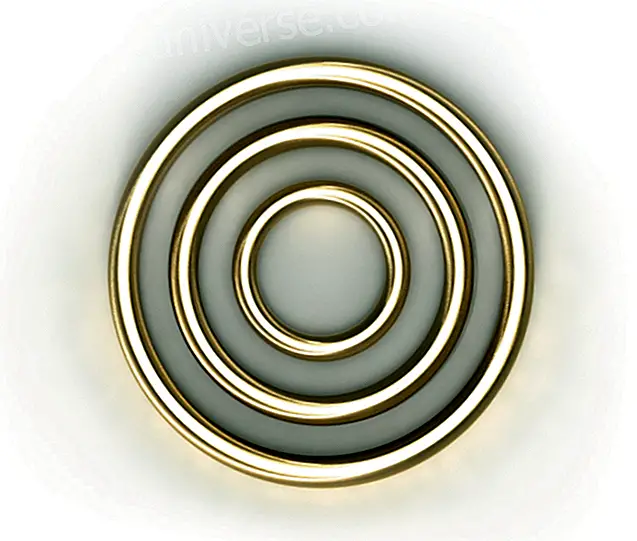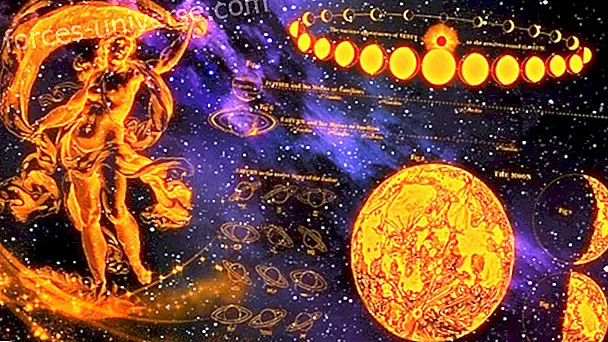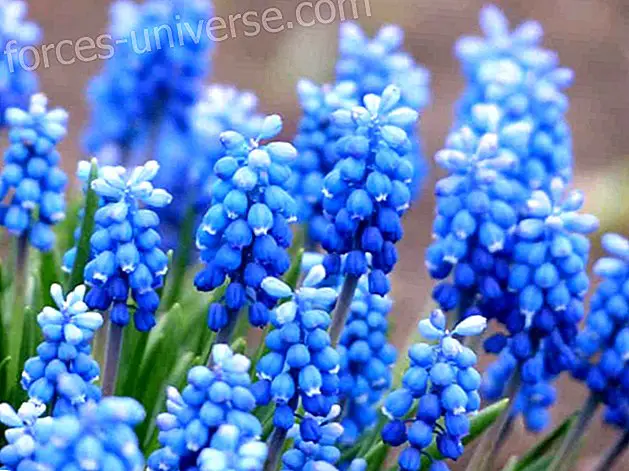
What is Thangka Painting ?, we can say that it is a Tibetan art form and meditation, but let's continue investigating a little more.
Let's define your name in principle. In Tibetan the word than means flat and the suffix ka means painting
Thangka Paint we can understand then, that it is a type of paint done on a flat surface, which can be rolled up. The most common format of Thangka Painting is rectangular in shape with its longest vertical axis.
This type of painting is used by practitioners of Tibetan Buddhism to help them develop a close relationship with the deities, since these paintings help the meditator to clearly visualize particular images. The implementation and development of The Thangka Painting is considered as a way of generating spiritual merit.
The process in the creation of Thangka Painting

The first thing to do is place the canvas on a wooden frame with a cable that allows you to adjust the tension until it is stretched and stretched, then the fabric is sealed with a wet mixture of chalk and plaster . Then the surface is polished with a stone or smooth glass, until the texture of the fabric is no longer felt.
Subsequently, you start drawing on the tense canvas using charcoal or pencil. Once the initial sketch is complete, the lines are redrawn with ink and the details are refined. The colors, all natural pigments prepared by the same artist, are applied from the bottom forward and the painting is completed with 24-karat gold ornaments. When the painting is ready, it is mounted on a silk brocade.
Training to be a painter Thangka
Becoming a Thangka painter is not easy, it is necessary first to make three years of drawing . This allows apprentices to perfect their drawing technique and master the wide variety of figures, images and symbols that belong to the Tibetan tradition.
Before starting to paint, you learn how to prepare the canvas, how to distinguish the natural vegetable and mineral sources of pigments and how to prepare them. The apprentices begin to paint and develop their skills with color under the supervision of Master Painter Thangka and his assistants . They go through the painting of larger forms to the most subtle details, such as the eyes of the deities. The training is completed when the artist is able to work with gold.
The Master of Thangka Painting

Temba Chophel was born in Lhasa in January 1959. As a child he was denied schooling in the new Chinese social hierarchy because his family had resisted the occupation of that country in Tibet. His father taught him to read and write, and he apprenticed him with the former head of the tailors' guild. He later studied Thangka painting in Lhasa. In 1972, he participated in the first restoration of the Jokhang Temple in Lhasa. He continued training with several artists during the period of cultural rehabilitation that emerged in the late 1970s and perfected his practice and his style to reach a high level.
In 1984, Temba Chophel left Tibet to India, becoming a monk of the Drepung Gomang monastery, in southern India. He joined the Norbulingka Institute in 1989 and gradually gathered around him many of the apprentices with whom he had worked in Lhasa.
Having lived by his art, thanks to the combination of an extraordinarily broad artistic talent, with an encyclopedic knowledge of Tibetan heritage, Temba Chophel died at the end of 2007.
So you can see a little more of this kind of painting so interesting I leave here a link where you will find beautiful designs . https://www.youtube.com/watch?v=N7XwPZkrnJw.
SOURCE: http://www.mandalasparatodos.com.ar/blog/pintura-thangka-arte-y-meditacion-tibetana/






